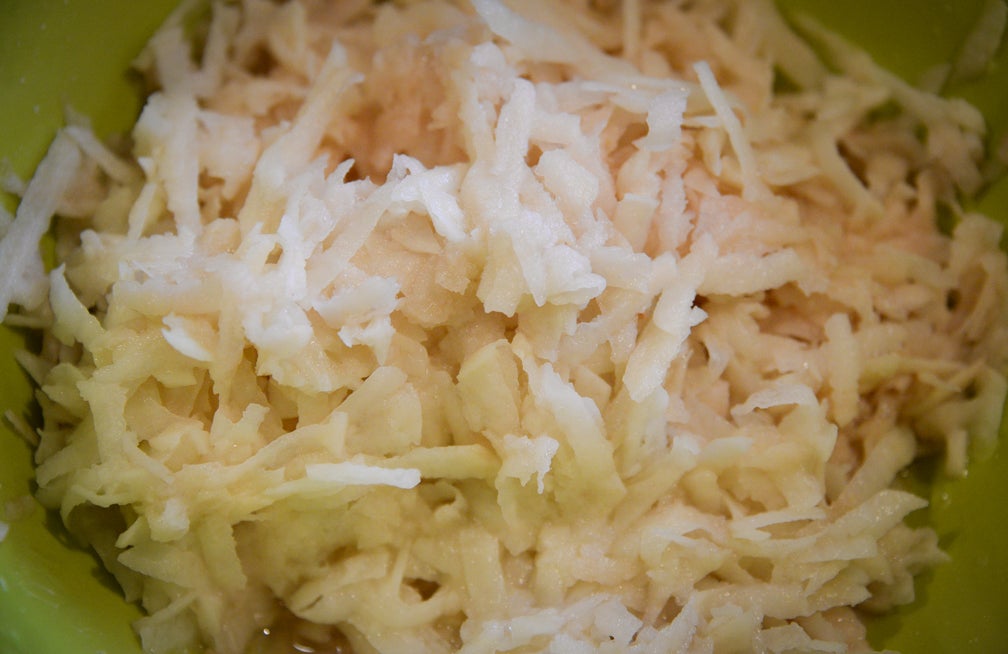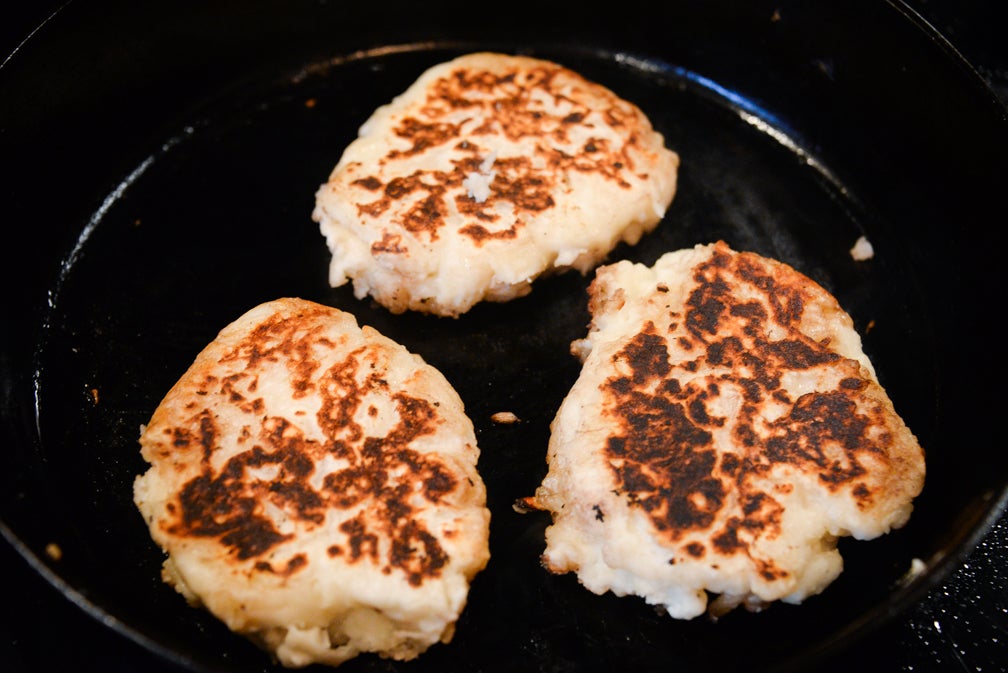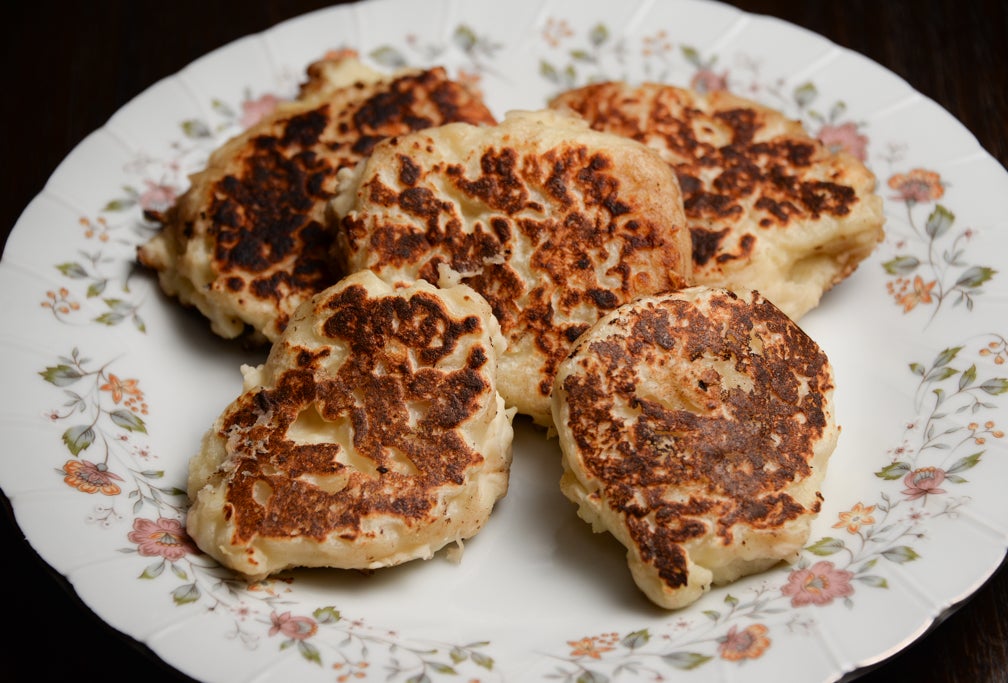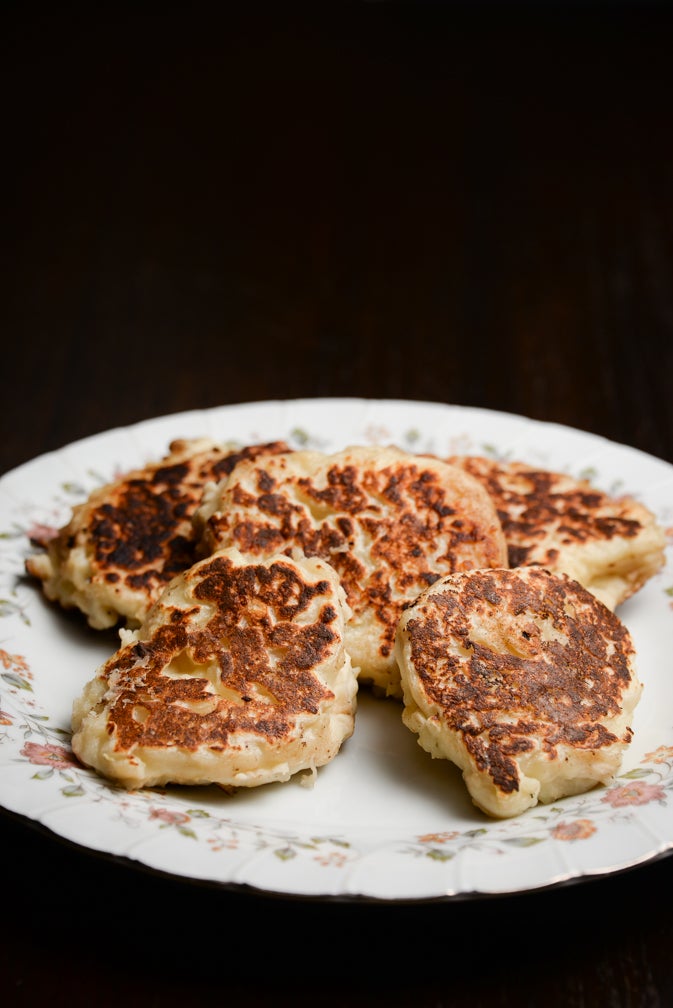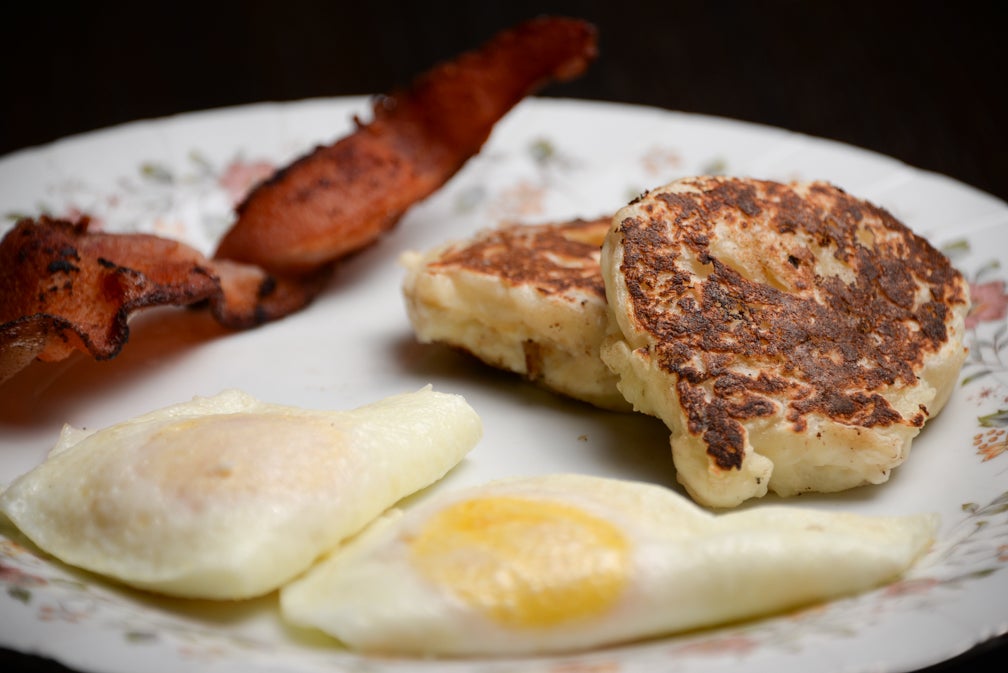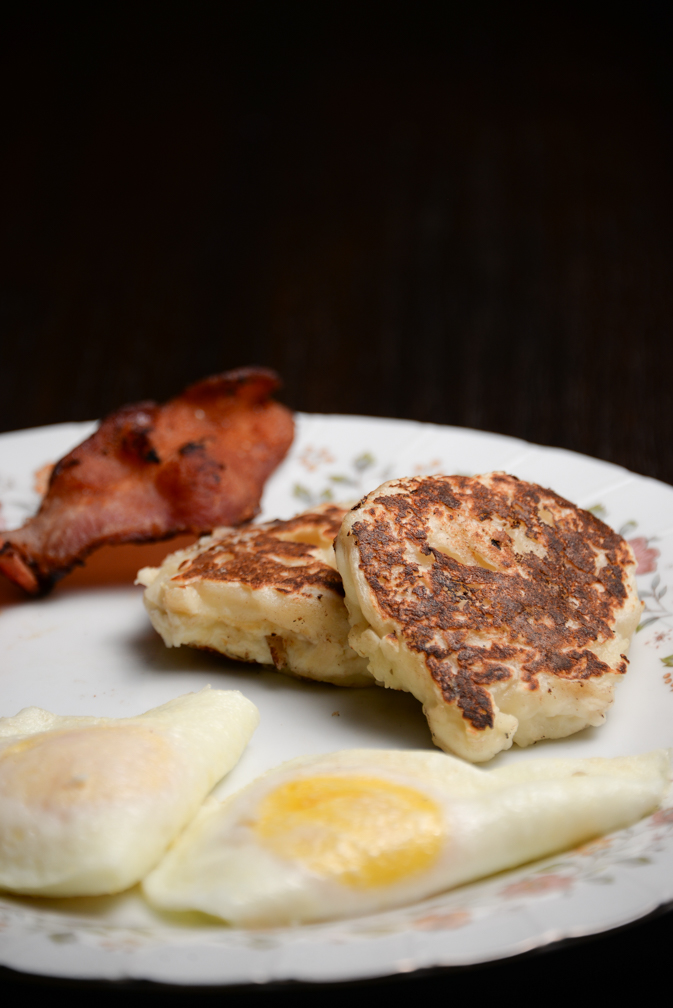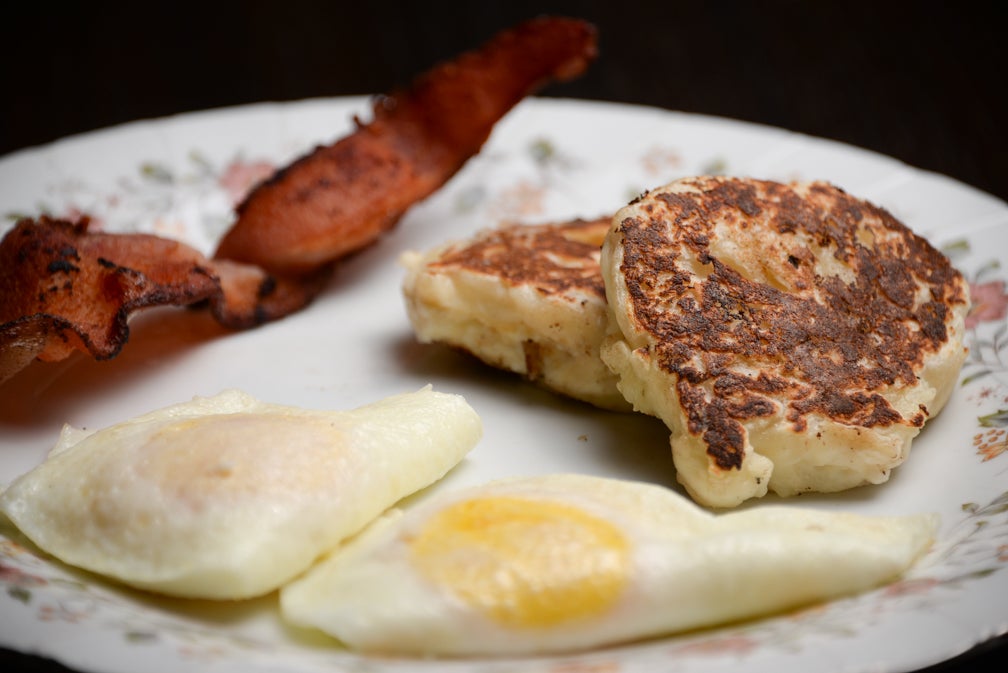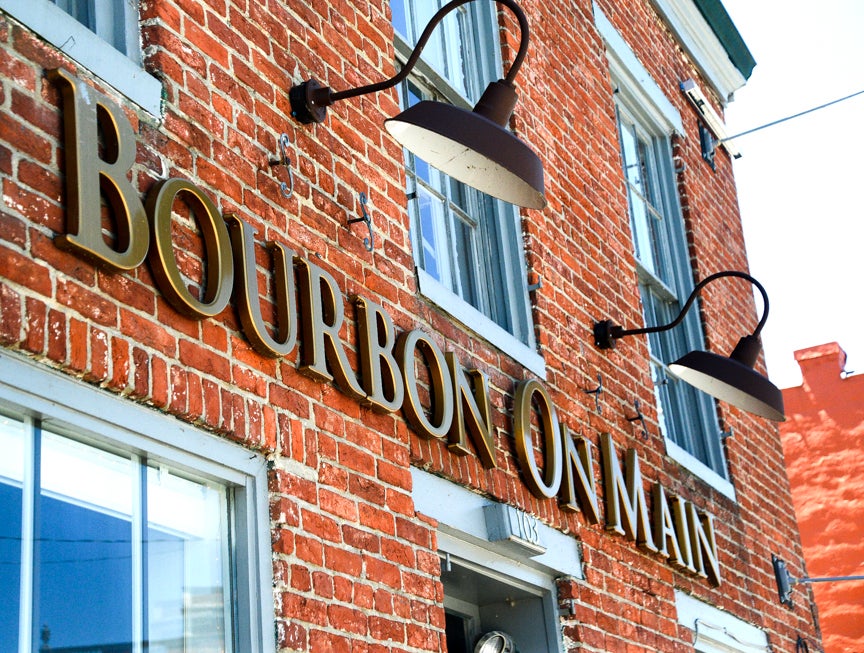I have long been told by my family that my dad’s roots are Irish, Scottish and English. My grandmother even told me that our last name came from a Ellis Island clerical error when our ancestors came over from County Kerry in Ireland.
Be that as it may, in elementary school, I was not allowed to wear green on St. Patrick’s Day. My father said, “We’re not Catholic Irish, we’re protestant so we wear orange.”
That first year, I suffered through a lot of pinches. The next year, I learned to sneak something green into my outfit anyway.
None of that, however, kept me from learning more about my Irish roots. I love Ireland and the culture there. And for years, I’ve been cooking the dishes that it is famous for.
I think most people think about Ireland and St. Patrick’s Day and immediately go to corned beef and cabbage. And while that dish is great, and a staple in our St. Patrick’s Day traditions, there are other recipes that we eat year-round that make for some wonderful comfort foods guaranteed to bring out the Irish in your eyes.
Irish Stew is by far one of those warm-you-from-the-inside-out-on-a-cold-winter-day, that I love making. Made with lamb or mutton instead of beef, as well as potatoes, leeks, carrots and cabbage, it’s a hearty meal by itself, but an excellent entrée when paired with some Irish coffee and a good crusty bread. If you’re not into lamb or mutton, you can drop the leeks and cabbage, substitute beef, add celery and a parsnip, and season it with some Guinness, for Beef and Guinness Stew.
Of course, it wouldn’t be a talk about Irish food if we didn’t talk about potatoes.
Many believe that in 1589, Sir Walter Raleigh introduced potatoes to Ireland on 40,000 acres of land near County Cork. Historians differ on whether this would have been a sweet potato brought over from America and not the russet potato most of know and love today. That potato, some believe, was planted by a Spanish sailor shipwrecked on the southern part of the island country.
However, it got there, potato growing spread rapidly throughout the country and became a staple for poor families. Families were large then, so children could take care of their parents in later life. But that meant lots of food on a relatively small area of land. Potatoes could grow well in the Irish soil and a little of it spread a long way.
But, in 1844, a new form of potato blight spread through the country. By this time, about a third of the Irish population was dependent upon potatoes as a main staple of their food. The blight turned the white flesh of the potato into completely inedible mush. The following year, 50% of the potato crop failed across the country. And the two years after that were almost total failures as well.
Families that had always grown just what they needed were desperate for food. Between 1846 and 1850, the population of Ireland dropped by 2 million people — 25% of the country’s population. Half immigrated to North America or parts of England and Scotland. The other half died of starvation and diseases associated with the famine.
It’s because of that dependence on potatoes prior to the potato famine, and the devastating consequences that the famine had on its people, that Ireland is so closely associate with the potato today.
One of the particularly Irish potato dishes is “Boxty.” Boxty can be baked, roasted or pan-fried. Boxty pancakes, one of my favorites, make for a yummy addition to a good hearty breakfast. It was such an important part of the cuisine, it even has its own rhyme — “Boxty in the griddle, boxty in the pan, if you can’t make boxty, you’ll never get a man.”
Traditionally, boxty is made with mashed potato, raw potato, flour and buttermilk, they’re kind of like a cross between a hash brown and a flatbread. Probably named from the Gaelic “aran bocht ti” (poor house bread), they’re an inexpensive addition to any dish — what most southern grandmothers would have called an extender — something to add on to a dish, like fried dough or hush puppies, that would extend the meal so everybody got enough to fill up on.
For boxty, you want to use floury or mealy potatoes, like Russets or Idahos, that will break down into a good mash. Waxy potatoes, like red potatoes or new potatoes, won’t break down as well and won’t make a good boxty.
Boxty
Ingredients:
1 cup leftover mashed potatoes
2 cups flour
1 teaspoon baking powder
1 teaspoon Kosher salt
1 ½ cups grated, raw potato
8 ounces buttermilk
Butter for frying
Directions:
Combine flour, baking powder and salt in a small bowl and set aside.
In a large mixing bowl, combine the mashed potato with the grated raw potato. Add the flour mixture to the potato mixture and combine well. Slowly, add the buttermilk and stir gently. Do not overmix. The batter should be firm, almost like a dough. Add more buttermilk, if needed.
Heat a cast-iron skillet, or non-stick frying pan, over medium-high heat and melt butter. Scoop about a half cup of the batter onto the pan. Flatten and shape into a nice round pancake shape. Repeat until you have five to six small pancakes. Alternatively, you can scoop batter onto the bottom of the pan until you have one big pancake.
Fry until golden brown on the bottom, and then flip over to cook the other side. When both sides are nice and golden brown, remove from heat and serve. If making one large boxty pancake, cut into wedges for individual servings.
Traditionally, boxty is served with eggs and bacon for breakfast. But these days, they can be used for anything — make them into mini pancakes and top them with sour cream and caviar for a new twist on an upscale appetizer, or replace tortillas with boxty and fill with spiced chicken for a new take on quesadillas.
